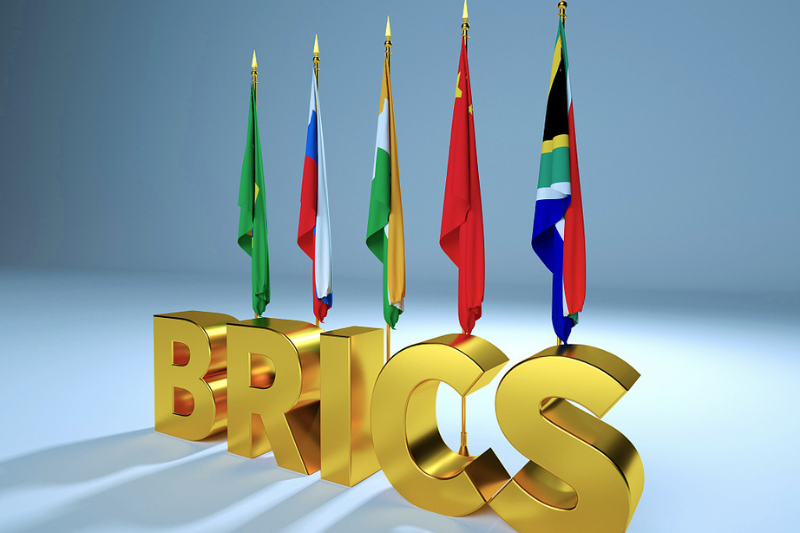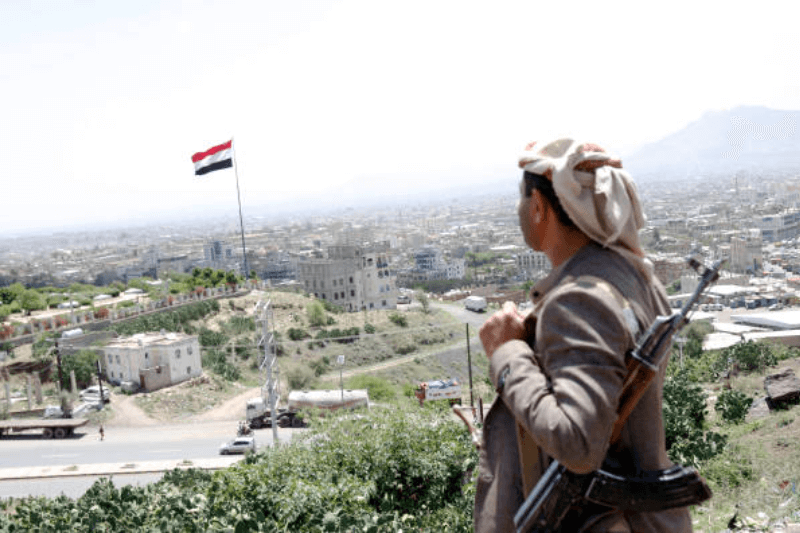
How BRICS overtook Group of Seven and where it is headed
Together, the BRICS countries – Brazil, Russia, India, China and South Africa – represent a quarter of the global economy and over 40% of the world population. The acronym started gaining prominence as the global economic landscape started shifting.
In recent times, the group has gained greater recognition as Russia’s invasion of Ukraine and simmering tensions between the US and China seem to have the potential to divide the world, and the chorus for de-dollarisation is rising.
To be held in Johannesburg from August 22 – 24, the 15th BRICS Summit is expected to chart a new course for the group as more members are likely to be admitted and the five countries could plan to trade in their own currencies instead of dollars.
Keep Reading
Deep Divisions Among Members Suspected Of Limiting Bloc’s Potential
A few months ago, there were reports of the BRICS countries having overtaken the Group of Seven in terms of GDP calculated on purchasing power parity. Compared to 30.7% by G7 economies, the five together were said to contribute nearly 31.5% of the global GDP.
But BRICS has almost always failed to convert its economic performance into a significant political power, mainly due to complex geopolitical equations. Deep divisions have limited the bloc’s ability to increase its sway at international financial institutions, according to Bloomberg.
While a BRICS development bank has lent $32.8 billion in its eight years of operation, the figure represents just a tiny fraction of what the International Monetary Fund and World Bank have disbursed over the period. It remains to be seen what key decisions are made at the summit.




